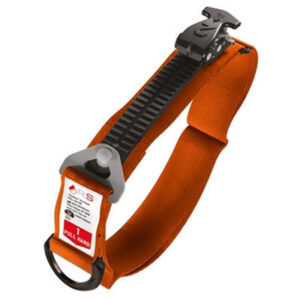Please remember, if you need assistance or have any questions, call us on 0330 223 6336 or drop us an email at sales@defibworld.org
Cardiac arrest strikes without warning, and its impact can be devastating. Knowing how to respond effectively can make all the difference when every second counts. The survival rate for out-of-hospital cardiac arrests drops by 10% for every minute without intervention. This makes immediate action crucial, but what exactly should that action be? How can defibrillators play a role in saving lives, and why is community involvement so essential?
This guide will walk you through everything you need to know, from understanding the mechanics of CPR and defibrillation to exploring the latest innovations in defibrillator design. We’ll also discuss the importance of community awareness and training and how Defib World is working to empower lifesavers everywhere. Join us as we explore how defibrillators can be vital to your community’s safety toolkit.
Understanding Cardiac Arrest and Its Impact
Cardiac arrest is a sudden loss of heart function, breathing, and consciousness, often caused by an electrical disturbance in the heart. This critical condition requires immediate medical attention, as it can lead to death within minutes if untreated. The significance of cardiac arrest can’t be overstated, given its rapid onset and the severe consequences of delayed intervention. According to the London Ambulance Service, the survival rate for out-of-hospital cardiac arrests has reached an all-time high of 10.8%, a testament to the importance of timely and effective response measures.
The current survival rates highlight the urgent need for immediate action when a cardiac arrest occurs outside of a hospital setting. The data underscores the critical nature of the first few minutes following a cardiac arrest, where every second counts. The importance of an immediate response is further emphasised by the fact that for every minute without CPR and defibrillation, the chance of survival decreases by 10%. This stark statistic illustrates the life-and-death difference that prompt intervention can make.
The Critical Role of CPR and Defibrillation
Why Every Minute Counts
In the event of a cardiac arrest, the clock starts ticking immediately. The chance of survival decreases by 10% for every minute that passes without CPR and defibrillation. This rapid decline in survival rates underscores the necessity of immediate action. The golden window for optimal defibrillation is within 3-5 minutes of collapse, during which survival rates can reach as high as 50-70%. This period is crucial for restoring a normal heart rhythm and preventing irreversible damage to the brain and other vital organs.
Immediate CPR can help maintain blood flow to the brain and heart, buying precious time until a defibrillator can be used. The combination of CPR and early defibrillation is the most effective way to increase survival rates, making it imperative for bystanders to act swiftly and confidently.
How CPR and Defibrillation Work Together
CPR, or cardiopulmonary resuscitation, involves chest compressions and rescue breaths to circulate blood and oxygen throughout the body manually. The primary goal of CPR is to maintain vital blood flow to the brain and heart until more advanced medical help arrives. The mechanics of CPR are straightforward but require a proper technique to be effective. Chest compressions should be deep and fast, at a rate of 100-120 compressions per minute, to mimic the heart’s pumping action.
Defibrillation involves delivering an electrical shock to the heart to restore a normal rhythm. The science behind defibrillation lies in its ability to reset the heart’s electrical system, allowing it to resume its natural rhythm. Defibrillation significantly enhances the chances of survival when used in conjunction with CPR. The synergy between these two interventions is critical, as CPR maintains circulation while defibrillation addresses the underlying electrical problem in the heart.
Accessibility and Utilisation of Defibrillators
Public Access Defibrillators: Availability vs. Usage
Despite their proven effectiveness, defibrillators’ utilisation in out-of-hospital cardiac arrests remains surprisingly low. Public access defibrillators are available within 500 meters of the cardiac arrest in 79% of cases, yet they are used in only 10% of incidents. This discrepancy highlights a significant barrier to improving survival rates: the gap between availability and actual usage.
Several factors contribute to this underutilisation:
- Lack of public awareness and confidence in using defibrillators
- Logistical challenges in locating and accessing defibrillators quickly during an emergency
Many people are unsure how to operate these devices or fear causing harm even though modern defibrillators are designed to be user-friendly and safe.
Encouraging Community Engagement
Community awareness and training are essential to bridge the gap between availability and usage. Educating the public on the importance of defibrillators and providing hands-on training can empower more people to act confidently in an emergency. Community engagement initiatives can include public CPR and defibrillator training sessions, awareness campaigns, and partnerships with local organisations to promote the importance of early intervention.
Success stories from communities effectively utilising defibrillators can serve as powerful motivators. These positive outcomes demonstrate the life-saving potential of defibrillators and encourage others to get involved. By fostering a culture of preparedness and responsiveness, communities can significantly improve their cardiac arrest survival rates.
User-Friendly Defibrillators: Bridging the Gap
Innovations in Defibrillator Design
Modern defibrillators, such as the iPAD NFK200 semi-automatic defibrillator, are designed with user-friendliness in mind. These devices have clear instructions, and voice prompts to guide users, making them accessible even to those with minimal training. The iPAD NFK200, for example, provides step-by-step guidance on how to attach the pads and deliver the shock, ensuring that anyone can use it effectively in an emergency.
The minimal training requirements for these devices are a significant advantage. By lowering the barrier to use, more people can be empowered to act quickly and confidently during a cardiac arrest. The intuitive design of modern defibrillators ensures that they can be operated correctly, even under the stress and pressure of an emergency.
Defib World’s Commitment to Accessibility
Defib World is dedicated to making defibrillators more accessible and user-friendly. Through various initiatives, Defib World aims to ensure that these life-saving devices are available in every community and are easy to use. The importance of intuitive design in emergencies can’t be overstated, as it can make the difference between life and death.
By focusing on user-friendly designs and comprehensive training, Defib World is helping to empower lifesavers everywhere. Their commitment to accessibility ensures that more people are prepared to respond to cardiac arrests, ultimately enhancing community safety.
Enhancing Survival Rates: A Community Effort
Strategies for Increasing Defibrillator Use
Increasing the use of defibrillators in out-of-hospital cardiac arrests requires a multifaceted approach. Education and training programmes are crucial for building public confidence and competence in using these devices. Community-based initiatives, such as public training sessions and awareness campaigns, can help spread knowledge and encourage more people to get involved.
Partnerships with local organisations, schools, and businesses can also play a vital role in promoting defibrillator use. By working together, communities can create a network of trained responders ready to act in an emergency. These collaborative efforts can significantly enhance the community’s overall preparedness and responsiveness.
Defib World’s Role in Empowering Lifesavers
Defib World is at the forefront of efforts to empower lifesavers and enhance community safety. Their contributions include providing high-quality defibrillators, training and resources and advocating for widespread accessibility. By focusing on education and user-friendly designs, Defib World is helping to ensure that more people are prepared to respond effectively to cardiac arrests.
Future goals for Defib World include expanding their reach and continuing to innovate in defibrillator design. By making these devices even more accessible and easy to use, Defib World aims to improve survival rates for out-of-hospital cardiac arrests further. Their commitment to community safety and preparedness is a testament to their dedication to saving lives.
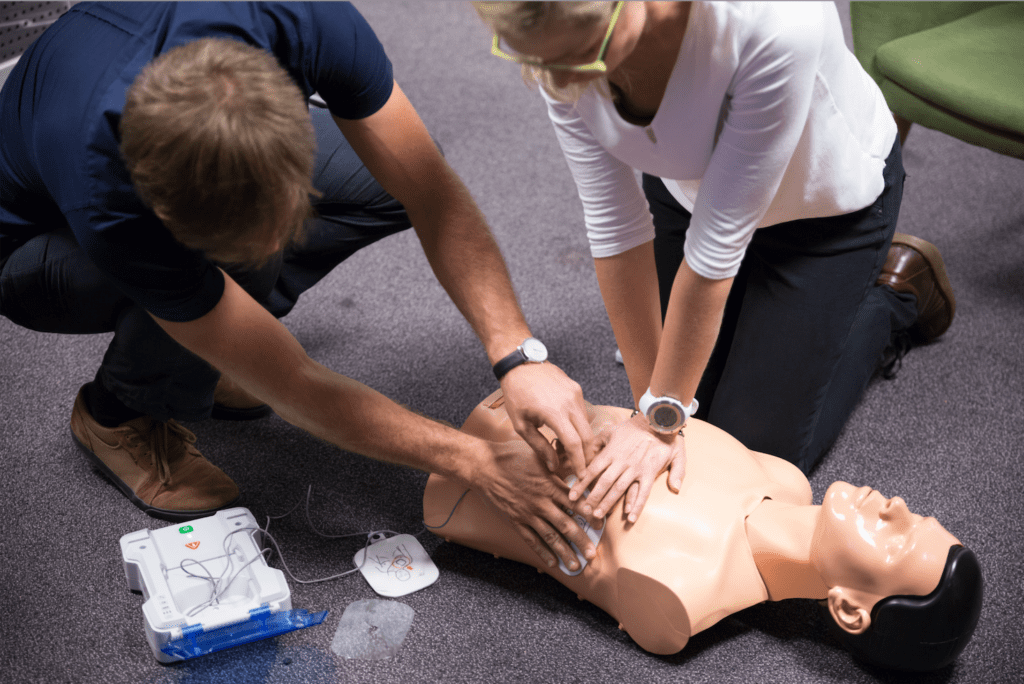

- 8 August 2024
Wrapping It Up: The Lifesaving Power of Defibrillators
Cardiac arrest is a sudden and devastating event, but immediate action can make all the difference. The combination of CPR and defibrillation is the most effective way to increase survival rates, underscoring the importance of community awareness and training. Defib World is dedicated to making defibrillators more accessible and user-friendly, ensuring that lifesaving technology is within reach for everyone. By fostering a culture of preparedness, we can significantly improve the chances of survival for out-of-hospital cardiac arrests.
Defib World’s commitment to community safety and education highlights defibrillators’ critical role in emergency response. The synergy between CPR and defibrillation and innovative and user-friendly designs empowers more people to act confidently in an emergency. As we continue to enhance accessibility and training, remember this: the next life saved could be because someone like you was prepared to act. The power to save lives is in our hands—let’s use it wisely.

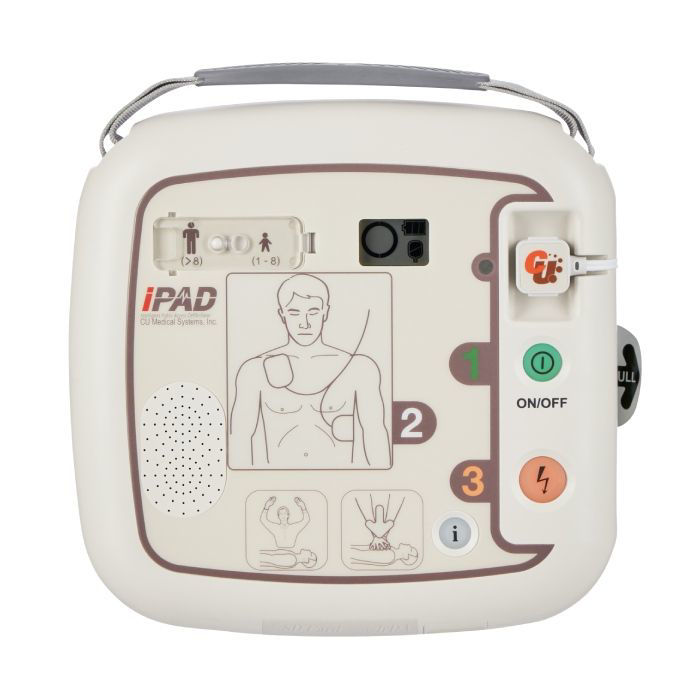
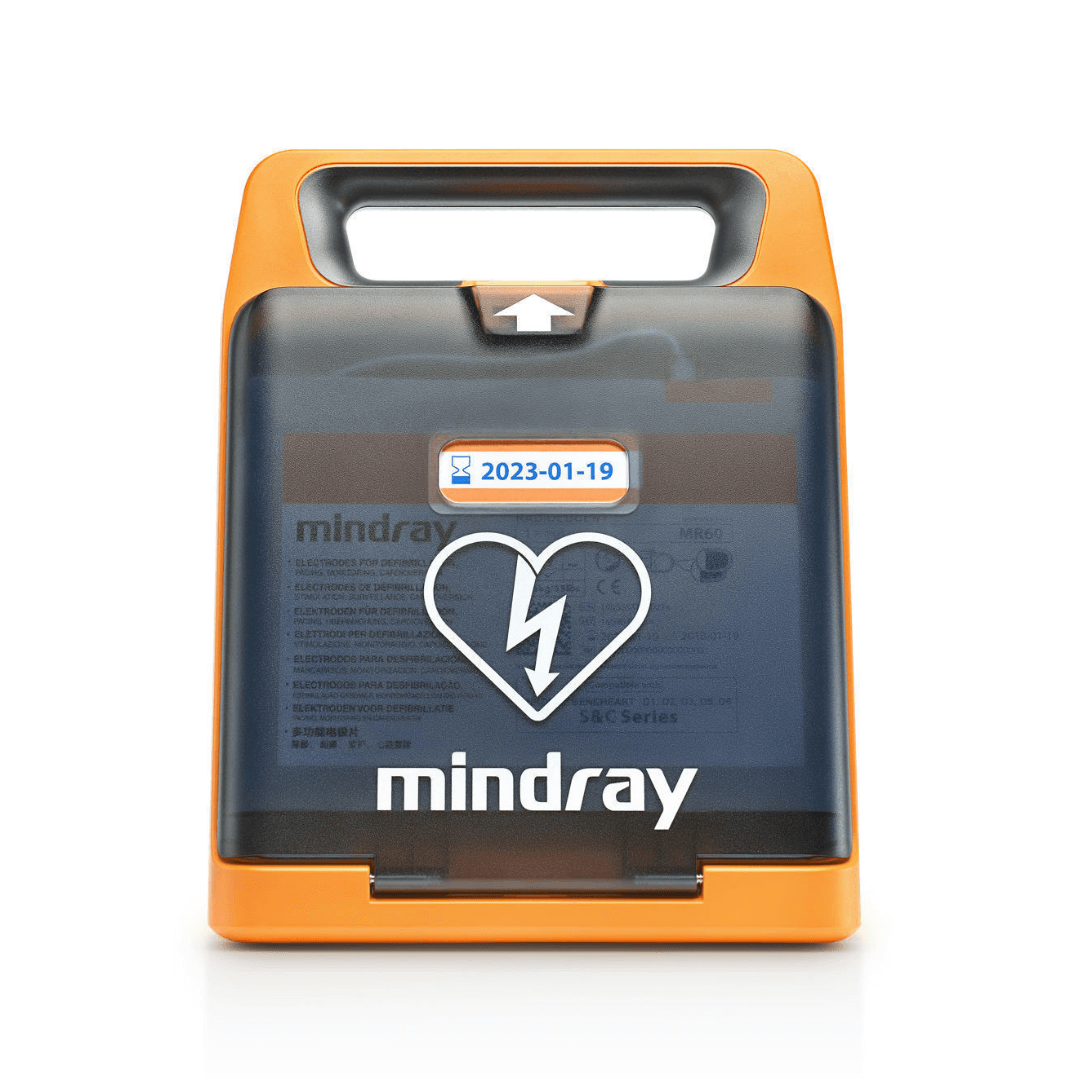
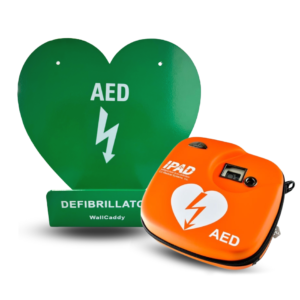
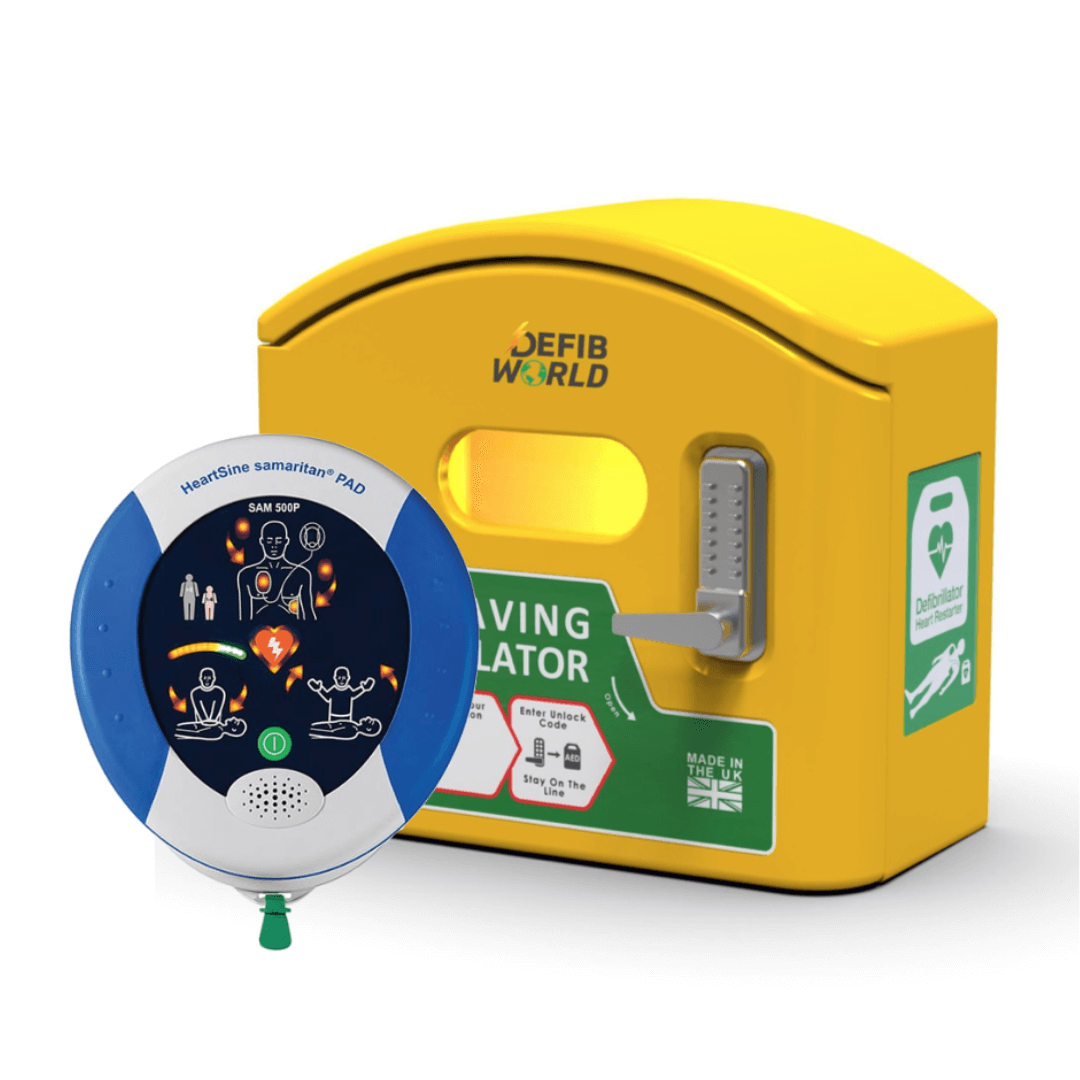
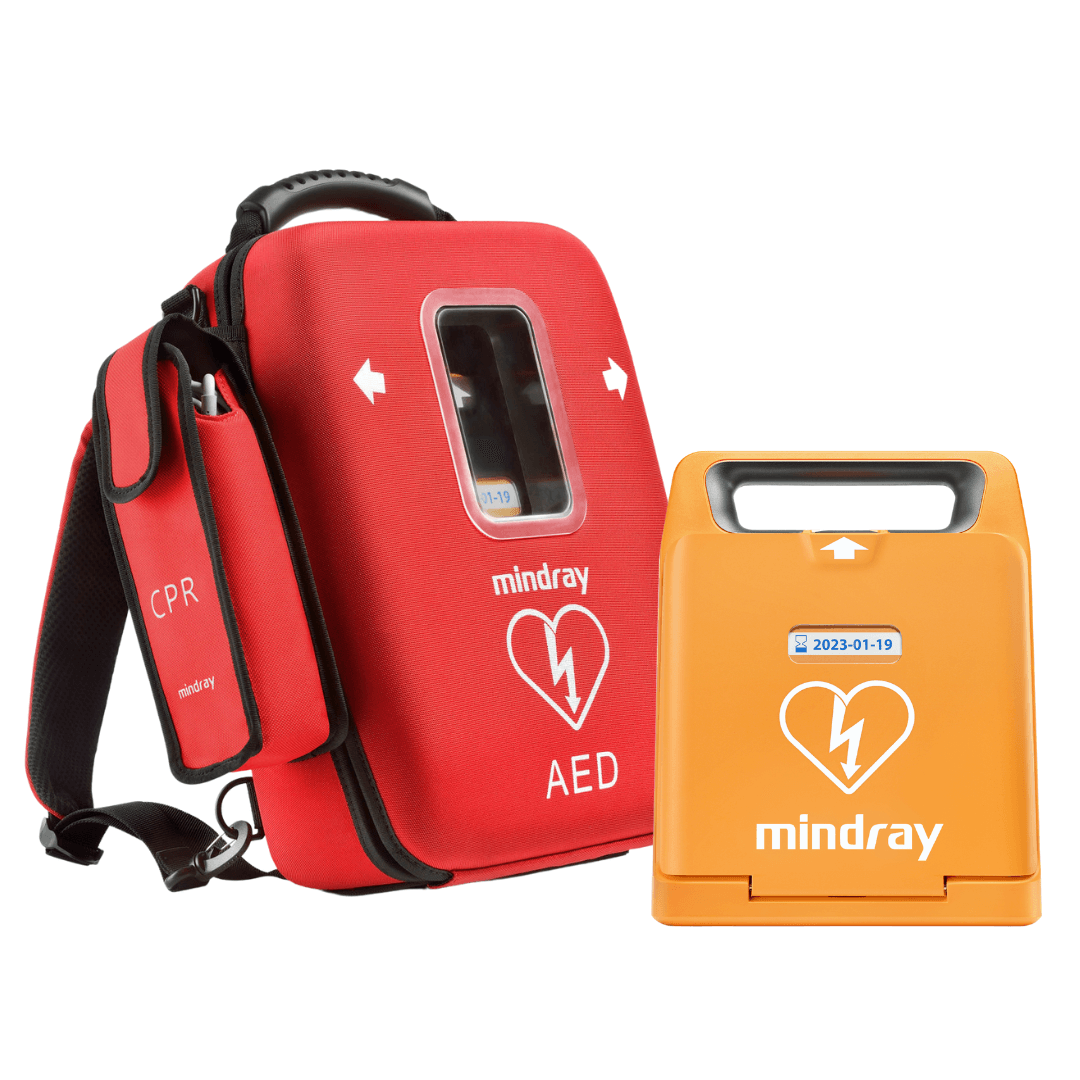
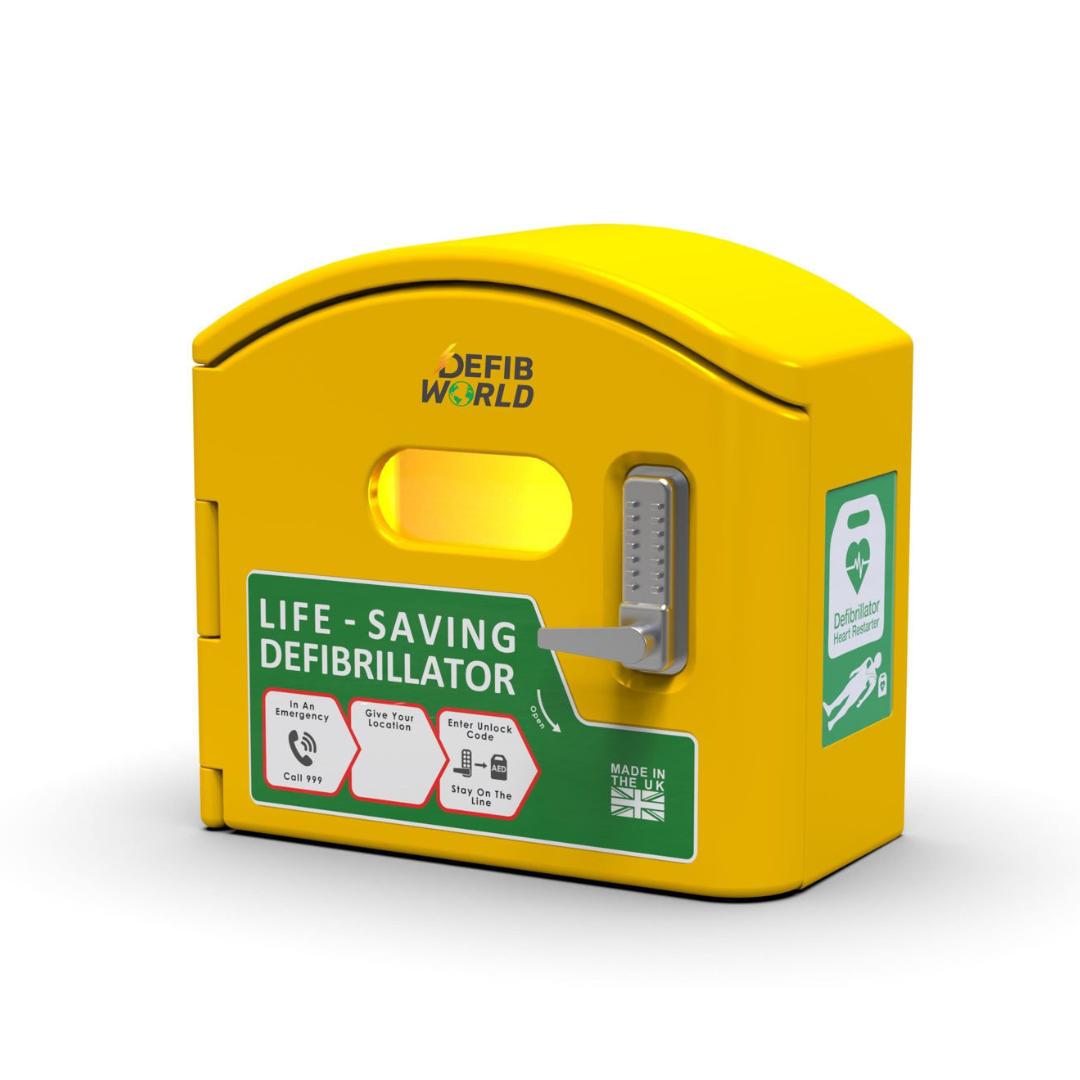
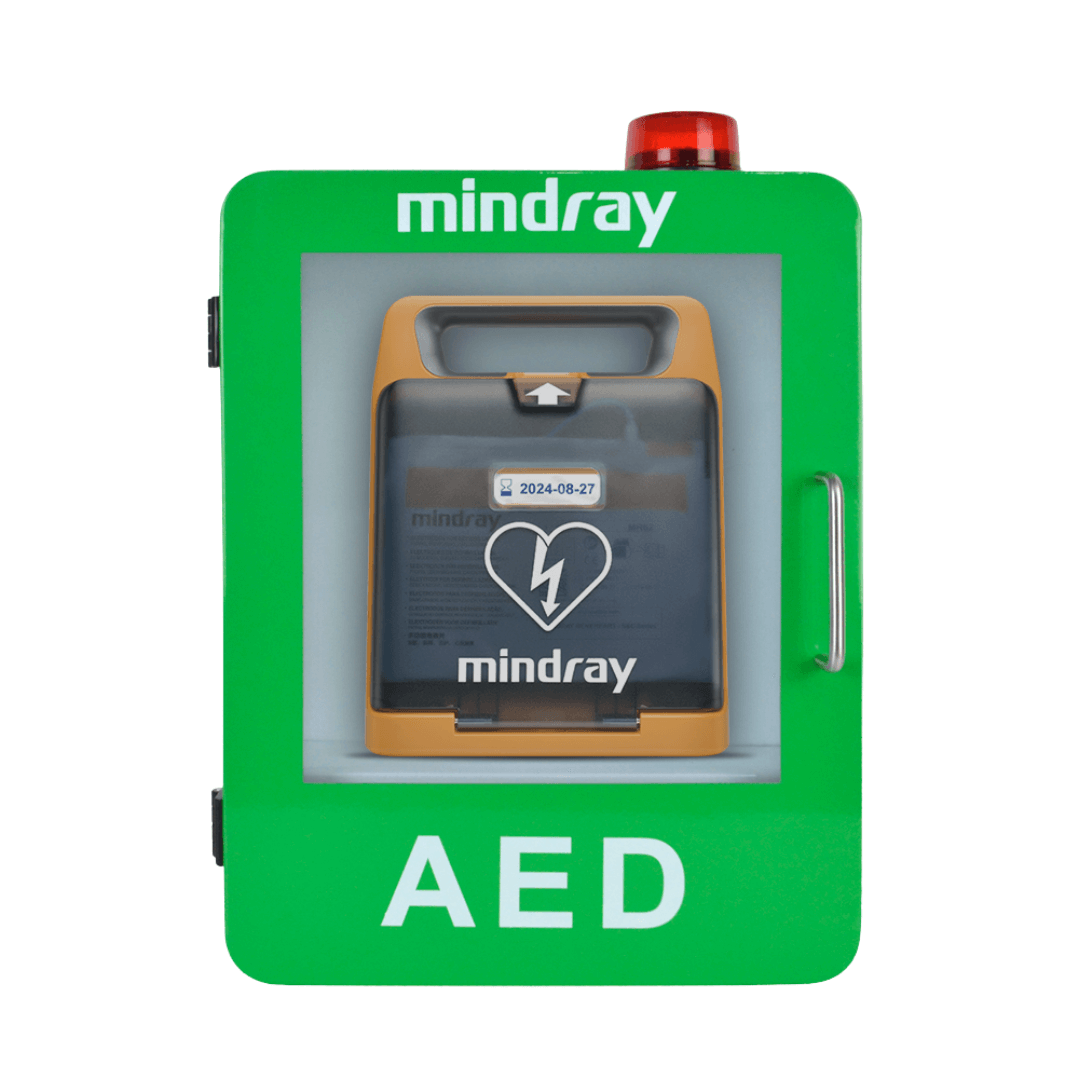
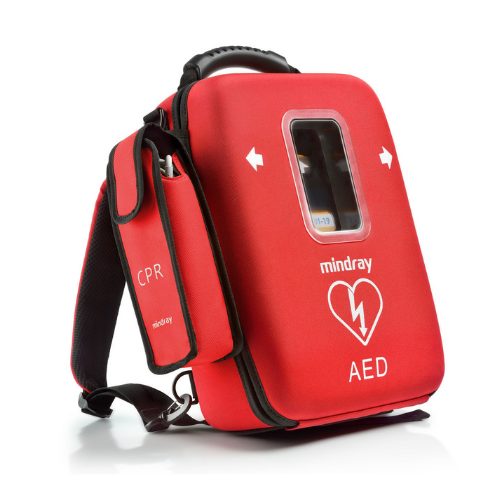
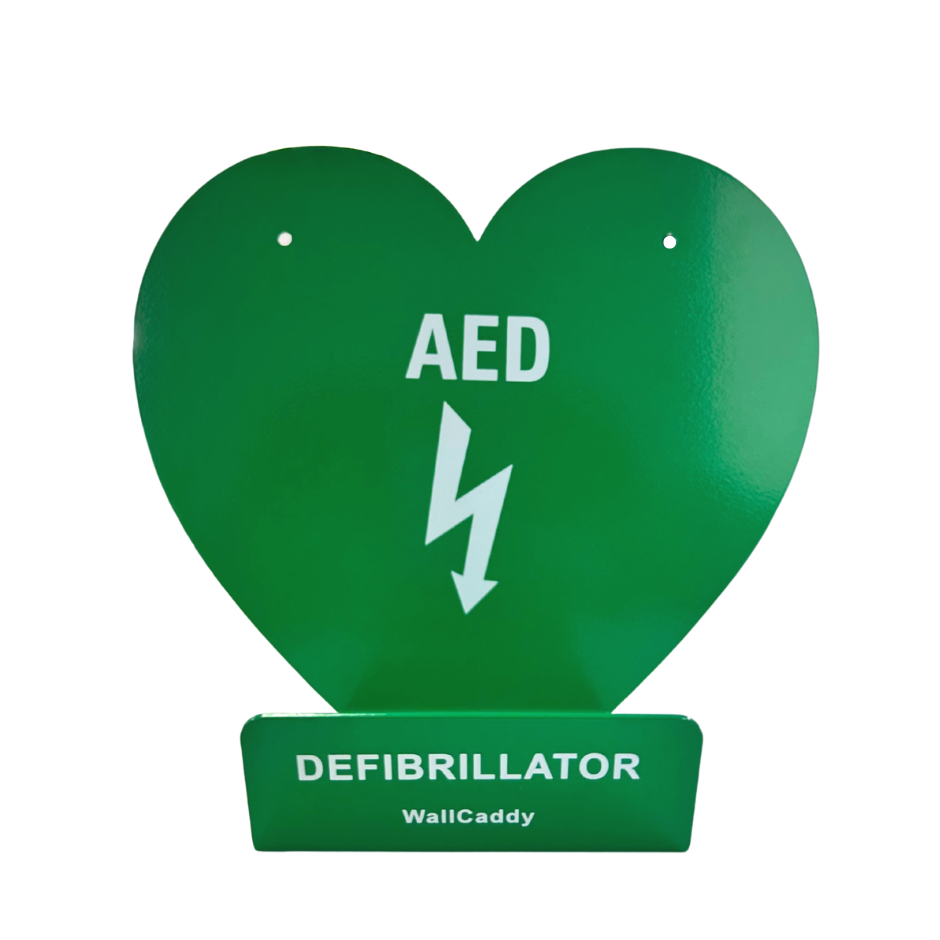

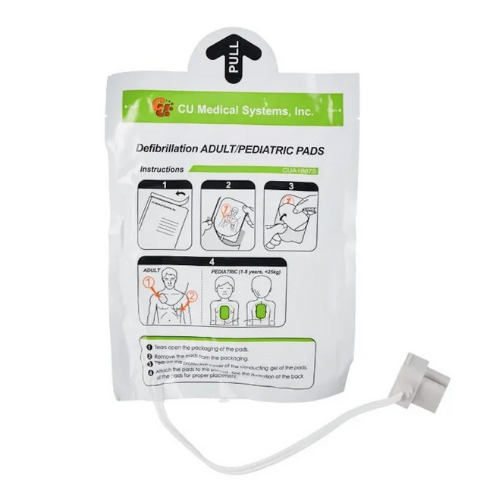
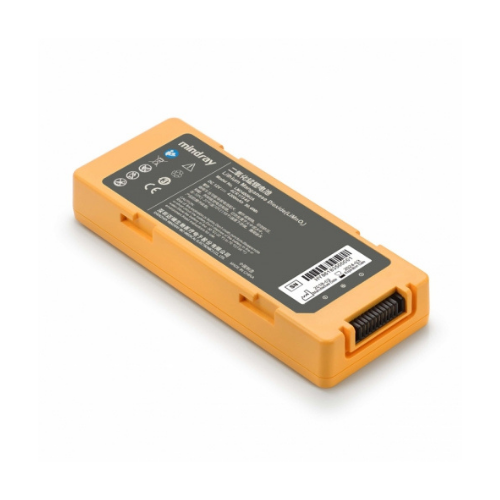

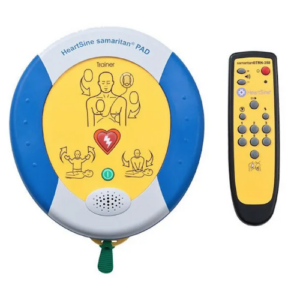



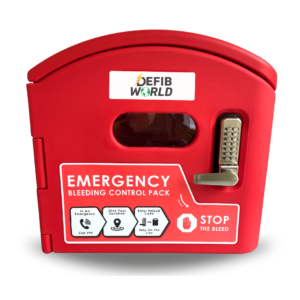



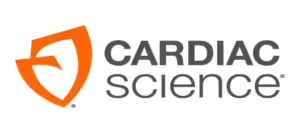












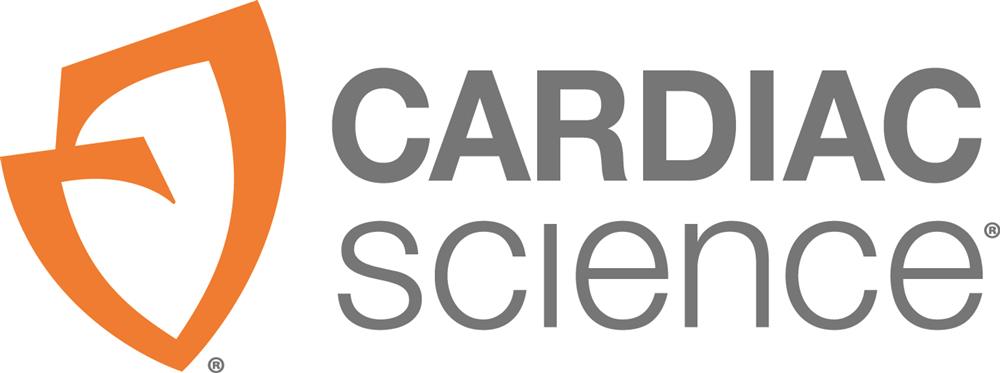
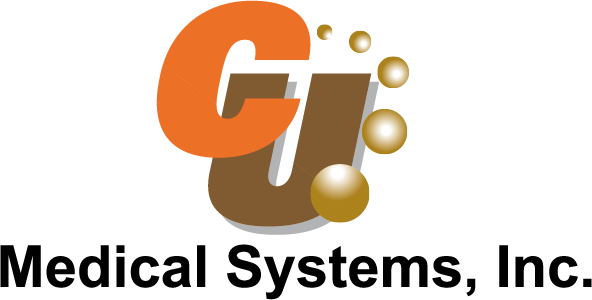
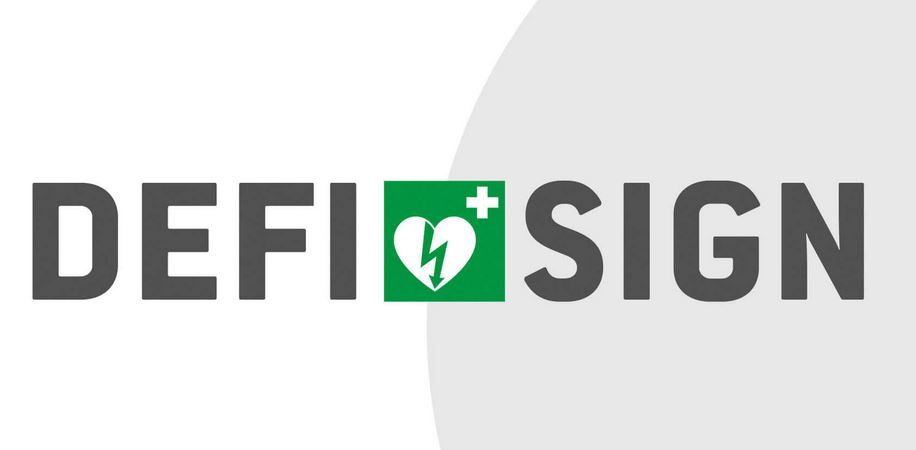



.svg.png)
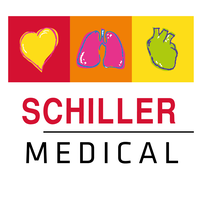


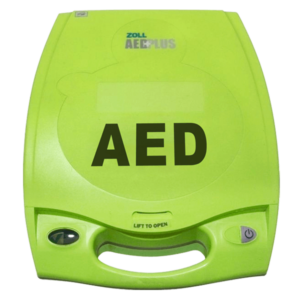






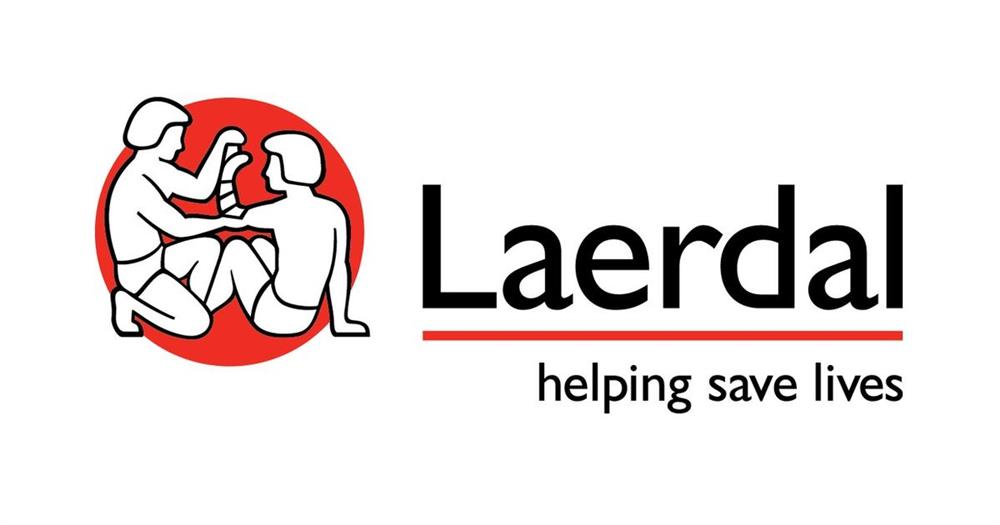

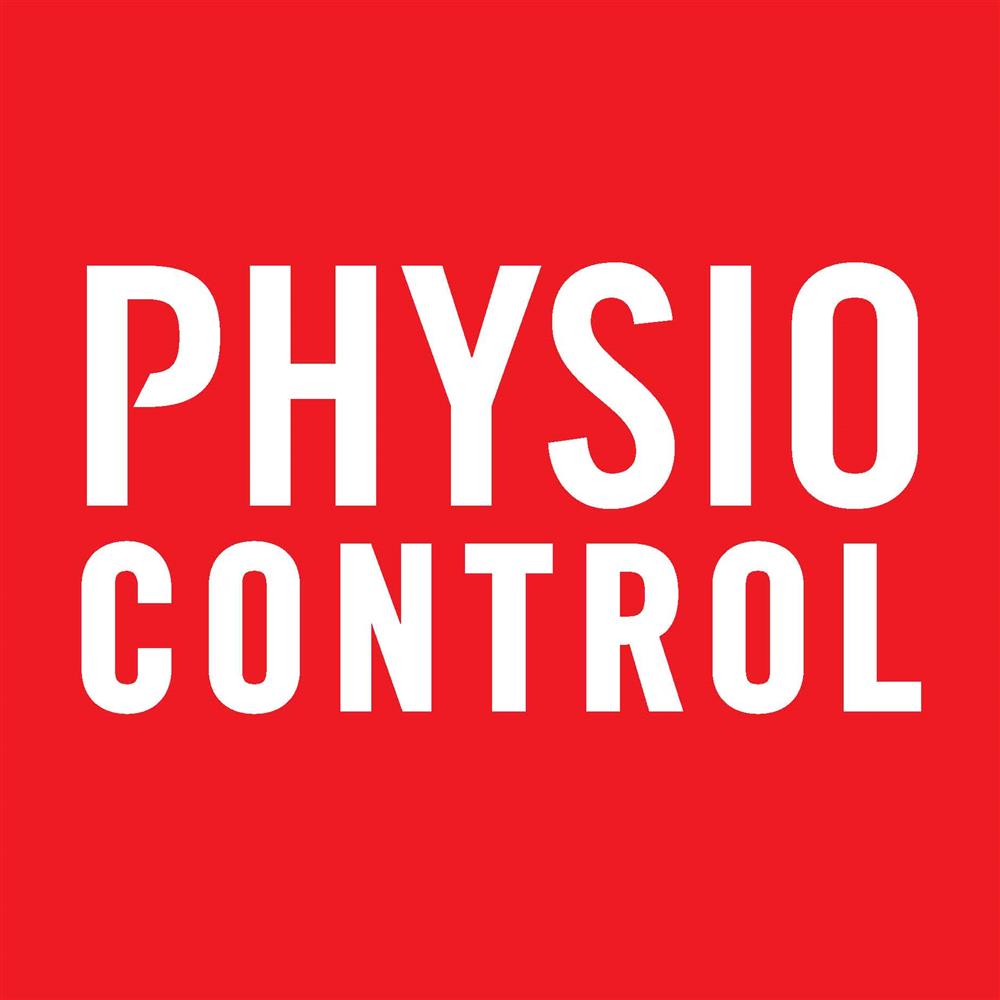
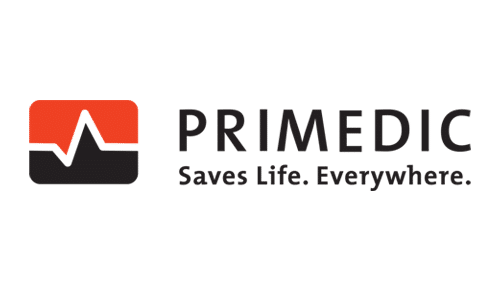

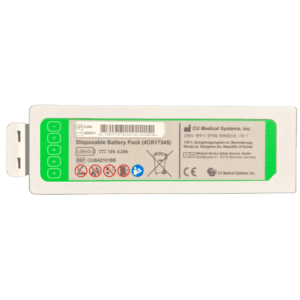
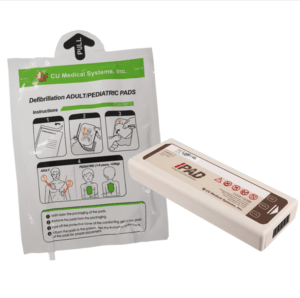
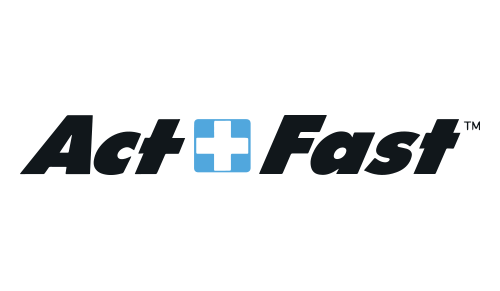

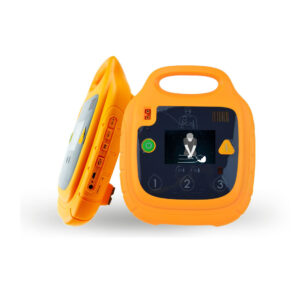





.jpg)

